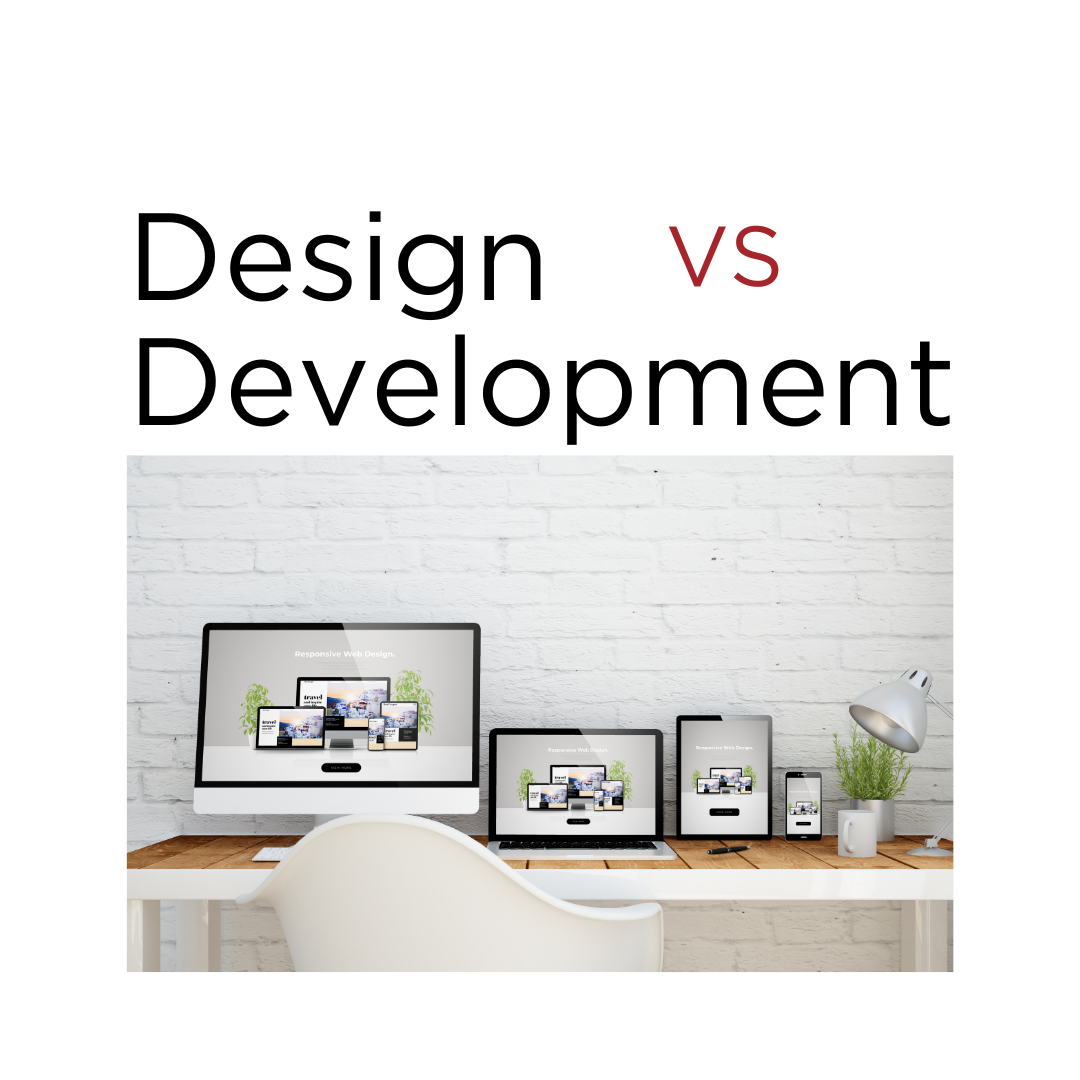Your Website – Pop Tart or Toaster Strudel?
 While talking to a client about her new website that Design Theory is currently creating, we began discussing and distinguishing the differences of websites similar to her industry. During the discussion I asked her if she wanted a Pop Tart vs. Toaster Strudel design and content. We both chuckled while I explained the difference and how that would affect her readership and visitation numbers. As I explained my breakfast treat comparison, it occurred to me that this would make great content itself for a blog. So with sweet treat comparatives, tongs in hand, let’s see what the difference is and what to look out for when designing your own personal use or business website.
While talking to a client about her new website that Design Theory is currently creating, we began discussing and distinguishing the differences of websites similar to her industry. During the discussion I asked her if she wanted a Pop Tart vs. Toaster Strudel design and content. We both chuckled while I explained the difference and how that would affect her readership and visitation numbers. As I explained my breakfast treat comparison, it occurred to me that this would make great content itself for a blog. So with sweet treat comparatives, tongs in hand, let’s see what the difference is and what to look out for when designing your own personal use or business website.
Sticky Jelly or Oozing Content
Pop Tarts Toaster Strudel
Can be stored at room temperature Must stay frozen until ready for consumption
No need for refrigeration Leaving it out over 12 hours may make it unfit for consumption
What does this say about the quality of your content & about your website? Quickly written, often plagiarized content will only be worth the effort put into it. However content that is fresh, witty and deliberate will evoke the proper response for the goal set before it. It will be more pleasing and can easily be distinguished. And that’s exactly what you want and need to get your product and/or services sold. Once again, it’s a distinction between what looks good and achieves the goal that should direct the content accordingly.
Static or Creative Icing
Is your content very cookie-cutter, stationary or could be considered stale? Or does the verbiage move, flow and swirl to create interest and hold your reader’s attention? Is your use of imagery typical or often used stock photography or is it distinctive and has an artistic, creative flare to it? When choosing imagery, keep in mind that it should enhance and not compete with your written content to give a cohesive and an overall polished look to your website. You can have fun and go outside the box with most industries. Even content that is more factual and less opinionated can be creatively distinct while getting your message across and conveying important information.
Sometimes Pricing Makes a Difference, Sometimes Not
Pop Tarts Toaster Strudel
$3.99 for a 8 piece box $3 for a 6 pastry box
Being in the middle of the pricing spectrum for websites, we at Design Theory have had to burst the bubble of misconceptions when it comes to our prices versus the quality of talent/work we do. Our goal is to match the goals and level of business of a client’s company with a website that will do just that within the confines of their allotted budget. Now sometimes we have to push back and encourage a particular client to go beyond their budget and give them some industry inside look as to why. And because we do what we do well, it’s usually not hard for them to acknowledge the benefits of doing so and agree. But for other companies, just be aware that all that glitters may not be gold and likewise, the cheapest design/pricing may not be tarnished brass. Remember, there’s a difference between cheap and affordable web designs. I believe you have to ask the right questions, look at a company’s track record/dossier and determine what’s best for your business. Then you can make an educated decision about how much you NEED to pay for a website that fulfills its purpose for your business or personal objectives.
So depending on what your business palate wants and needs, you can determine whether you choose a “mediocre but gets the job done” website & content, or if you’re in need of a step-up, more sophisticated level design. Whichever works for you, make sure you choose well and always consider the palate of your consumers.
~ Content Writing Inspiration ~ 
True Ease in Writing comes from Art, not Chance,
As those move easiest who have learn’d to dance.
~Alexander Pope, “An Essay on Criticism”







